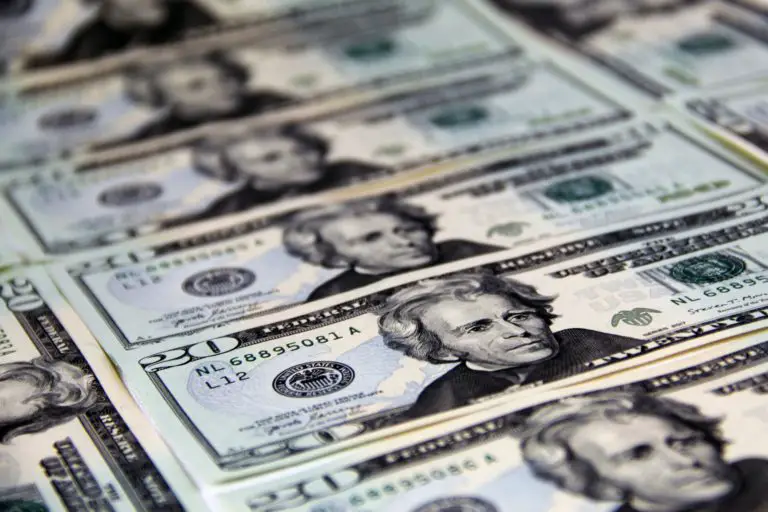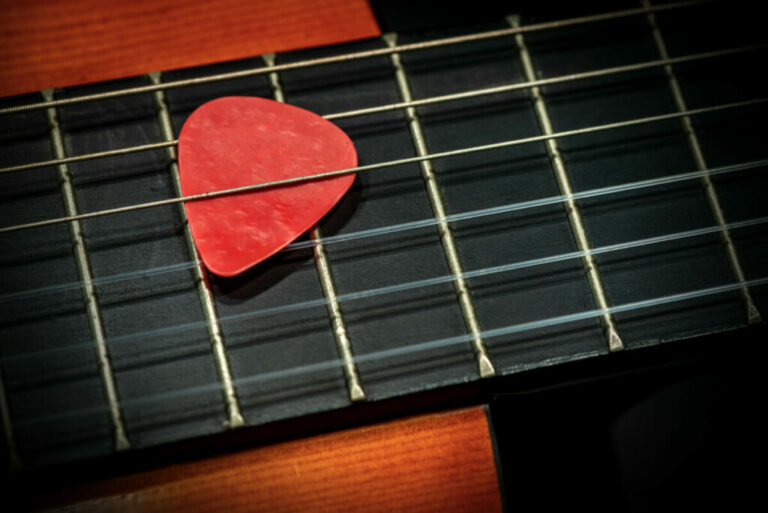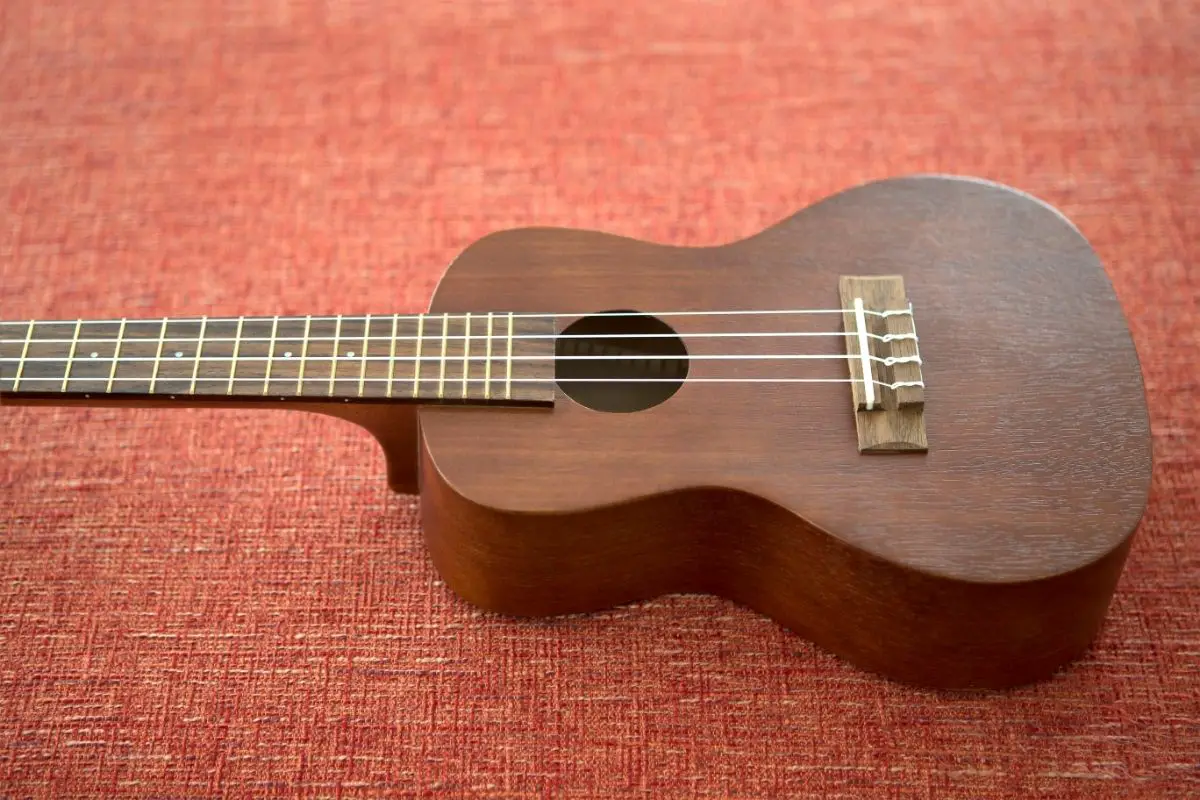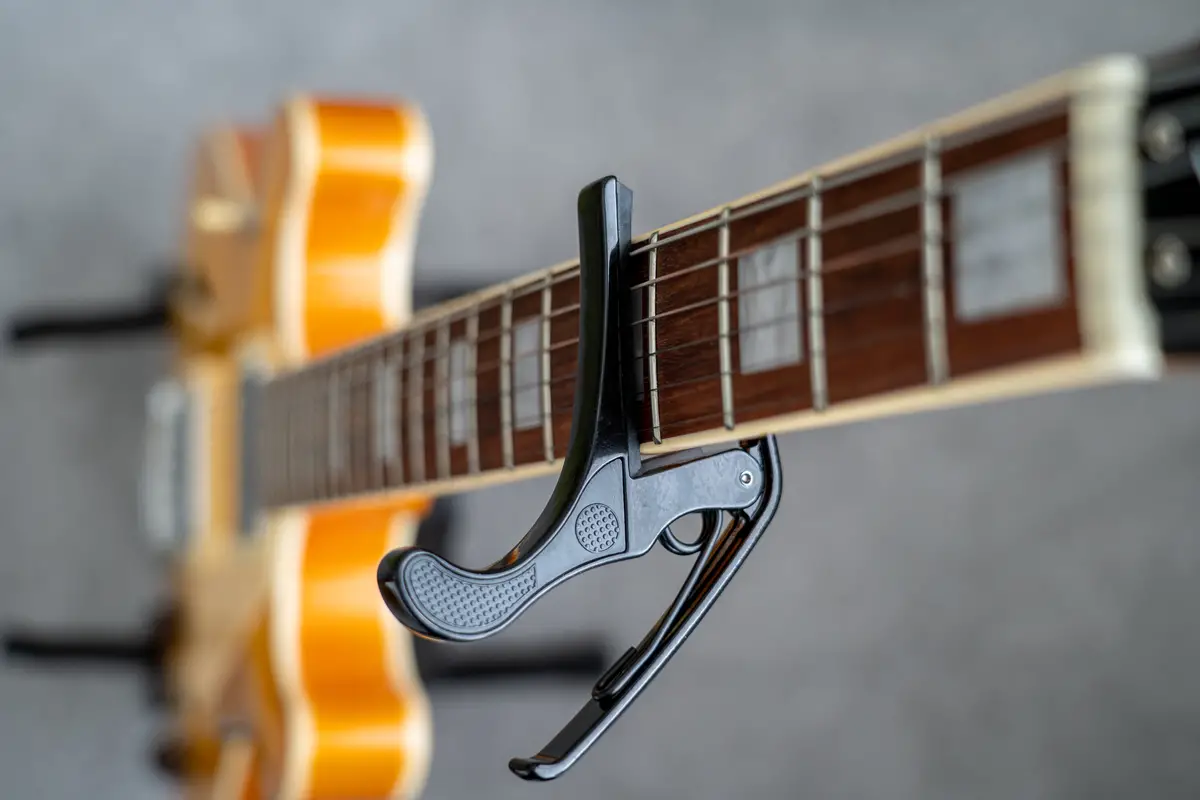How To Use a Guitar Pedal [A Beginner’s Guide]
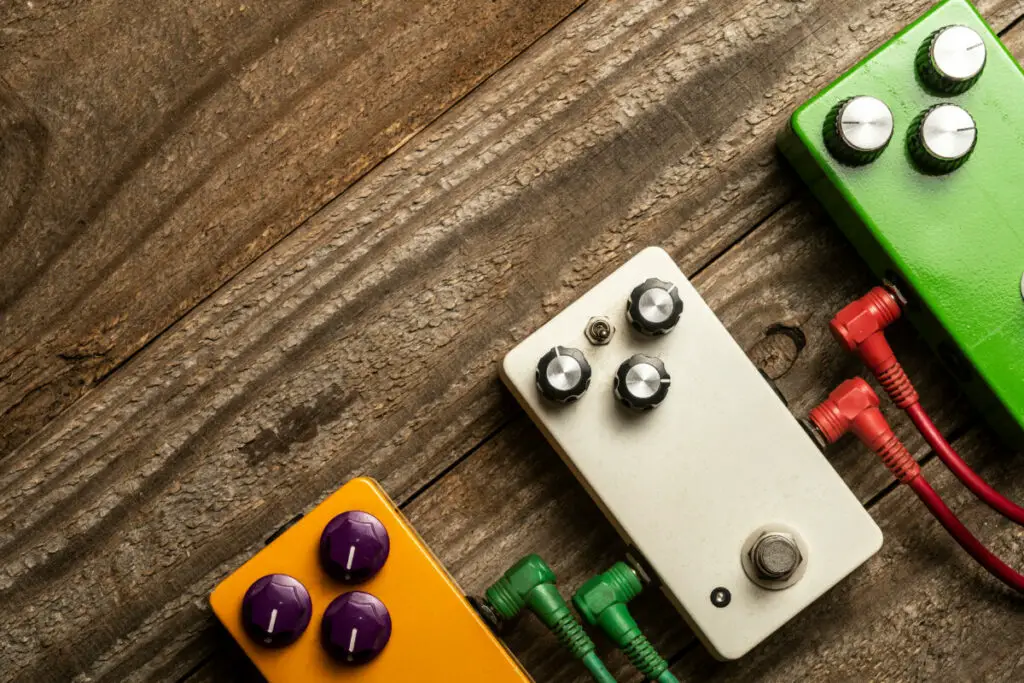
When learning to play a new instrument, it can be difficult to learn how all the equipment used with this instrument work. The guitar has many different parts, making it challenging to learn how to use each. So, how do you use a guitar pedal?
To use a guitar pedal, connect the guitar to the input jack on the pedal using a quarter-inch jack cable. Then plug another quarter-inch jack cable into the output jack on the guitar pedal. Connect the cable in the output jack to an amplifier. Use the pedal to change the sound of the guitar.
A learning curve comes with learning any new instrument and figuring out how the different equipment is used. It can be difficult to learn how to use a guitar pedal and in which situations a guitar pedal would be used. After researching guitar pedals, the following information has been compiled below to help you learn how and when to use a guitar pedal.
What is a Guitar Pedal?
A guitar pedal is a tool that’s used for tone shaping. Guitar pedals are also known as stomp boxes or foot-pedal boxes. This tool adds various effects to the sound of your guitar.
There are many ways that pedals can change the sound coming from a guitar. These changes can include distortion, boost, compression, minimizing hum and static, filtering different ranges, modulating, or even creating loops! Ultimately, a guitar pedal is a tool that can help you be a better guitarist and craft music that matches your style and genre. The type of music you want to perform can determine which guitar pedal would work best for you.
How to Use a Guitar Pedal
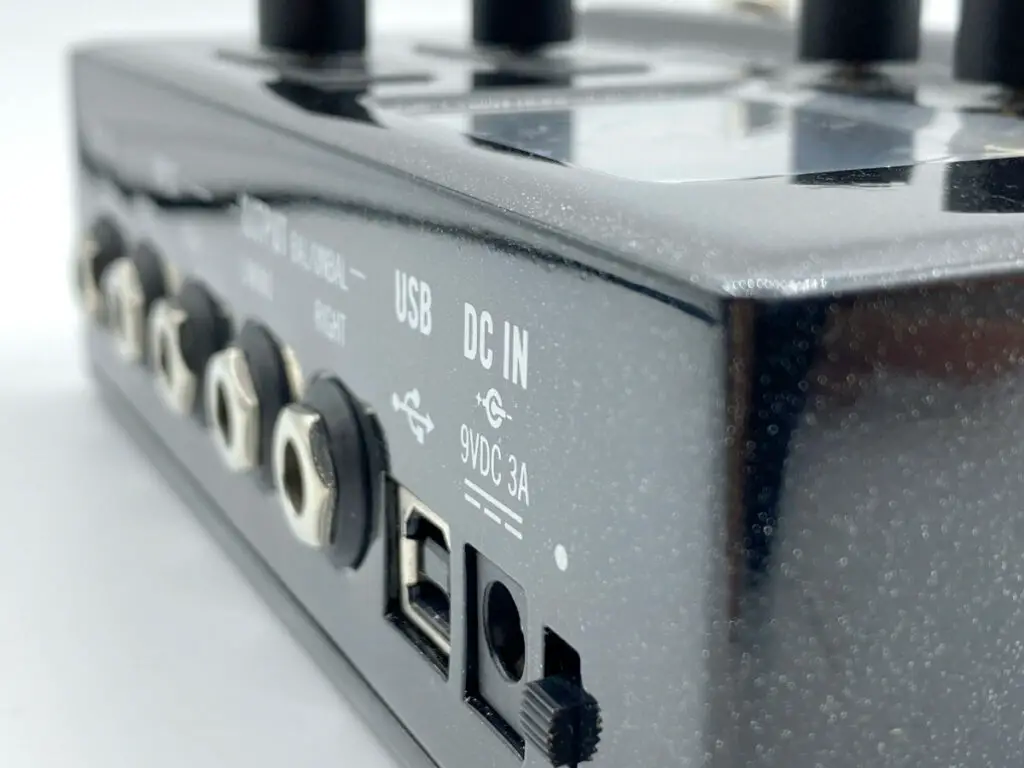
To use a guitar pedal, follow these directions:
- You need to own two cables. One of these cables connects the guitar’s output to the pedal’s input. This can be found on the pedal’s front, back, or top.
- Typically, there are knobs on the guitar that control the level of effect. Sometimes, there are multiple effects.
- While playing the guitar, you must press the guitar pedal with your foot while you’re playing. This is so the sound change can be implemented and heard.
Six Different Types of Guitar Settings
1. Overdrive Pedal Settings
Overdrive pedals boost your signal to create a warm, natural-sounding distortion perfect for rock, blues, and even some types of jazz.
- Level/Gain: Controls the strength of the overdrive effect.
- Tone: Adjusts the color of the sound, usually controlling the brightness or darkness.
- Drive: Determines how hard your signal is being pushed into overdrive.
2. Distortion Pedal Settings
Distortion pedals offer a heavier and grittier tone than overdrive pedals, making them perfect for hard rock and metal.
- Level/Output: Controls the volume of the effect.
- Tone: Adjusts the color of the distorted sound, controlling its brightness or darkness.
- Distortion/Gain: Determines the amount of distortion applied to your signal.
3. Fuzz Pedal Settings
Fuzz pedals create a saturated and buzzy tone, making them popular for blues, rock, and psychedelic music.
- Volume: Controls the overall output of the pedal.
- Tone: Shapes the color and character of the fuzz effect.
- Fuzz/Sustain: Adjusts the amount and intensity of the fuzz.
4. Delay Pedal Settings
Delay pedals repeat your signal at set intervals, creating an echo effect that can add depth to your sound.
- Level/Mix: Controls the volume of the echo about your original signal.
- Feedback/Regen: Determines how many times the echo repeats.
- Time/Delay: Sets the time interval between each echo.
5. Reverb Pedal Settings
Reverb pedals simulate the sound of your guitar playing in different types of rooms or spaces.
- Level/Mix: Adjust the balance between your dry signal and the reverberated effect.
- Decay: Controls the length of the reverb effect.
- Tone: Shapes the color of the reverb, usually controlling its brightness or darkness.
6. Chorus Pedal Settings
Chorus pedals split your signal and slightly delay and detune the copied signal, creating a ‘chorus’ effect that can add a lush, full sound to your guitar playing.
- Level/Mix: Controls the balance between your dry signal and the chorus effect.
- Rate/Speed: Sets the speed of the chorus effect.
- Depth: Determines how much the copied signal is detuned from the original.
Remember, these are just starting points. The true magic of guitar pedals comes from experimenting and finding the unique settings that unlock your sound.
Powering Your Guitar Pedals
Once you have your pedals set up, you are going to have to figure one more thing out before you can play, how are you going to power your pedals? There are two types of ways you can power your pedals, either internally with a battery or through some other external method.
Battery Power
Most guitar pedals let you power them through an internal battery. They use a standard v9 battery, though occasionally, you can find a pedal that needs a larger one. Batteries are a solid option if you need portability. You might have to worry about them potentially running out of juice mid-performance.
If this were to happen, you would either have to play the rest of the performance with your dead pedal or stop and change the battery. This can take a bit of time as some pedals allow easy access to the battery while others require tools to change out the battery.
External Power
With the external method, you don’t have to worry about your pedals running out of power mid-performance. However, it means another cable will be running across the stage or floor. It also limits some performance flexibility.
When it comes to external power sources, you must choose a wall socket source or get a dedicated power supply. The wall socket power source is usually strong enough to power one or two pedals, but it can’t do much more.
A dedicated power supply is somewhat like a battery used by most professional guitarists. After all, if you use multiple pedals or need more power, external power is where it’s at.
10 Different Types of Guitar Pedals
Although we understand some of the basic types of guitar pedals, it is important to delve deeper into what each of these types does and what makes them unique.
1. Overdrive/Distortion Pedals
Overdrive and distortion pedals push your amplifier harder and create a crunchy, aggressive tone. They’re commonly used in rock, metal, and blues genres. Distortion pedals provide a heavier form of clipping than overdrive pedals, leading to a more aggressive and edgy sound.
2. Fuzz Pedals
Fuzz pedals take distortion to the extreme and create a thick, rich, and wooly tone that is synonymous with many forms of rock and roll. Jimi Hendrix famously used the fuzz effect and is prominent in psychedelic and stoner rock genres.
3. Delay/Echo Pedals
Delay and echo pedals repeat your notes, creating an echo effect. This can be used to create a fuller sound or to add an ambient quality to your playing. The delay times can often be adjusted, allowing for a wide range of effects.
4. Reverb Pedals
Reverb pedals simulate the natural echo in a room or other enclosed space. They can make your guitar sound as though it’s being played in a concert hall, a cathedral, or even a cave, depending on the settings.
5. Chorus Pedals
Chorus pedals create a doubling effect by duplicating your guitar’s signal and slightly detuning and delaying the duplicate. This results in a shimmering, rich tone that’s great for creating a ‘wide’ stereo sound.
6. Phaser Pedals
Phaser pedals create a swirling, psychedelic effect by splitting your guitar’s signal and shifting the duplicate phase. They’re great for adding a bit of movement and unpredictability to your sound.
7. Wah Pedals
Wah pedals alter the tone of your guitar by sweeping through the frequency spectrum. This creates a distinctive “wah-wah” effect, especially when the pedal is rocked back and forth.
8. Tuner Pedals
While not an effect per se, tuner pedals are an essential tool for any guitarist. They allow you to quickly and accurately tune your guitar on stage, even in noisy environments.
9. Volume Pedals
Volume pedals allow you to adjust your guitar’s volume on the fly, making them particularly useful for live performances.
10. Looper Pedals
Looper pedals allow you to record a phrase or part of a song and then repeatedly play it. You can then play over this loop, allowing you to accompany yourself.
Remember, the goal with pedals is not to use all of them but to find the ones that enhance your style and bring out your unique musical voice. Happy experimenting!
What Kind of Music is Effects Pedals For?
Effects pedals are versatile tools used across various musical genres, from rock and metal to jazz, blues, country, pop, and more.
- Rock/Metal: Overdrive, distortion, and fuzz pedals are commonly used in rock and metal genres for their ability to create thick, crunchy, or aggressive tones. Delay and reverb can add depth and ambiance, while wah pedals bring a distinctive, expressive sound.
- Blues: Overdrive and fuzz pedals are also popular in blues for their ability to add warmth and grit to the guitar tone. Wah pedals can also be used to inject expressiveness into solos.
- Country: Compressor pedals are often used in country music to even out the dynamics and add sustain, while overdrive pedals can add a bit of bite to the guitar tone.
- Jazz: Chorus and reverb pedals are common for creating a smooth, lush, and spacious sound. Overdrive pedals can also be used subtly to warm up the tone.
- Pop: Various pedals can be used in pop music, depending on the desired sound. Delay, chorus, and reverb pedals can create a wide, expansive sound, while distortion or overdrive pedals can add edge when needed.
In essence, no genre is off-limits when using effects pedals. The key is understanding how each pedal can shape your sound and using them in a way that best serves the music.
Do The Materials Affect The Sound of The Guitar Pedal?
Yes, the materials and components used in a guitar pedal can significantly influence its sound. Here’s how:
- Electronic Components: The type and quality of electronic components used in a pedal (such as resistors, capacitors, diodes, and transistors) can have a significant impact on the sound. Higher-quality components generally result in a better sound.
- Circuit Design: The design of the circuit, including how components are arranged and connected, also plays a major role in the sound of the pedal. Even minor changes in circuit design can result in noticeable changes in tone.
- Power Supply: The type of power supply used (battery vs. power adapter) can subtly affect the sound of a pedal. Some guitarists believe that certain pedals (like vintage fuzz pedals) sound better with a battery.
- Analog vs. Digital: Analog and digital pedals use different technology to process the guitar signal and can therefore have distinct tonal characteristics. Analog pedals are often praised for their warm, organic sound, while digital pedals offer more versatility and consistency.
- Build Quality: The quality of the build (including the materials used for the casing, knobs, and switches) doesn’t directly affect the sound. However, better build quality can result in a more durable pedal that performs reliably over time.
In conclusion, while the materials used in a pedal can certainly affect its tone, the specific design, and how the pedal is used, are likely to have a more significant impact on the final sound.



